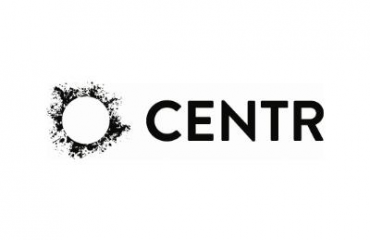GWI Study Forecasts Accelerated Growth Rates In Broader Wellness Market – SGB Media
Select Page
Posted by Thomas J. Ryan | Jan 12, 2022 | Feature, SGB Executive
A comprehensive study from the nonprofit Global Wellness Institute (GWI), “The Global Wellness Economy: Looking Beyond COVID,” found that the broader wellness market expanded to a record $4.9 trillion in 2019 and then slid to $4.4 trillion in 2020. However, with a consumer “values shift” underway, the future of the wellness market looks strong, predicted to grow 10 percent annually through 2025 to reach $7 billion.
The report answers the questions: How did the shock of COVID-19 impact the wellness industry? Which wellness markets fared best and worst? What is the future of the wellness economy, and why?
Pandemic’s Impact Across Wellness Market
The GWI last measured the wellness industry at $4.3 trillion in 2017. Its latest research showed that the market grew to historic levels two years before the pandemic, reaching $4.9 trillion in 2019. It found strong pre-pandemic growth rates in every sector between 2017 and 2109, where each market hit a record valuation. In those years, the wellness economy grew 6.6 percent annually, a higher rate than the global economic growth rate of 4 percent.
With the enormous economic disruptions from COVID-19, the global wellness economy fell 11 percent in 2020, nearly four times greater than the global GDP decline of -2.8 percent, to $4.4 trillion.
Unsurprisingly, sectors requiring a physical presence and/or full immersion for the experience, including physical activity, wellness tourism, spas, and thermal/mineral springs, saw the most significant pandemic declines. In contrast, healthy eating/nutrition/weight loss, wellness businesses, mental wellness, and the public health/prevention/personalized medicine category showed strong pandemic growth.
For the first time, the GWI research breaks down the wellness economy for each global region.
The Asia-Pacific was one of the fastest-growing wellness markets from 2017 to 2019, 8.1 percent growth, and it also shrank the least during the pandemic by -6.4 percent. Conversely, North America was the fastest-growing wellness region from 2017 to 2019 at 8.4 percent, but the hardest hit by the pandemic by -13.4 percent.
The Asia-Pacific had the largest wellness market in 2020 ($1.5 trillion), followed by North America ($1.3 trillion) and Europe ($1.1 trillion). Per capita spending on wellness was much higher in North America ($3,567) and Europe ($1,236) than in other global regions.
GWI forecasted that the wellness economy would rebound and grow by 60 percent from 2020 to 2025, with most segments projected to exceed GDP growth during those years.
Markets with the highest growth projections—wellness tourism, thermal/mineral springs and spas—are those affected the hardest in 2020. Sectors that showed positive pandemic growth, including wellness businesses and mental wellness, were forecasted to see strong, ongoing market expansion.
“The wellness economy will grow to $7 trillion in 2025 because the forces that have been driving it to remain as powerful as ever—an expanding global middle class, an aging population and rising chronic disease,” said Katherine Johnston, GWI senior research fellow. “But the pandemic has brought new shifts and a global ‘values reset.’ ‘Wellness’ now means far more than a facial or spin class, with a growing focus on mental wellbeing and the importance of work-life balance, social justice, environmental sustainability, the built environment, and public health. These drivers will underpin the recovery of the wellness economy and they will also shift consumer, policy and healthcare spending in new directions.”
The following are snapshots of growth trends across 11 key wellness market segments:
To read the full report, go here.
Photo courtesy Getty
Share:
Designed by Elegant Themes | Powered by WordPress



